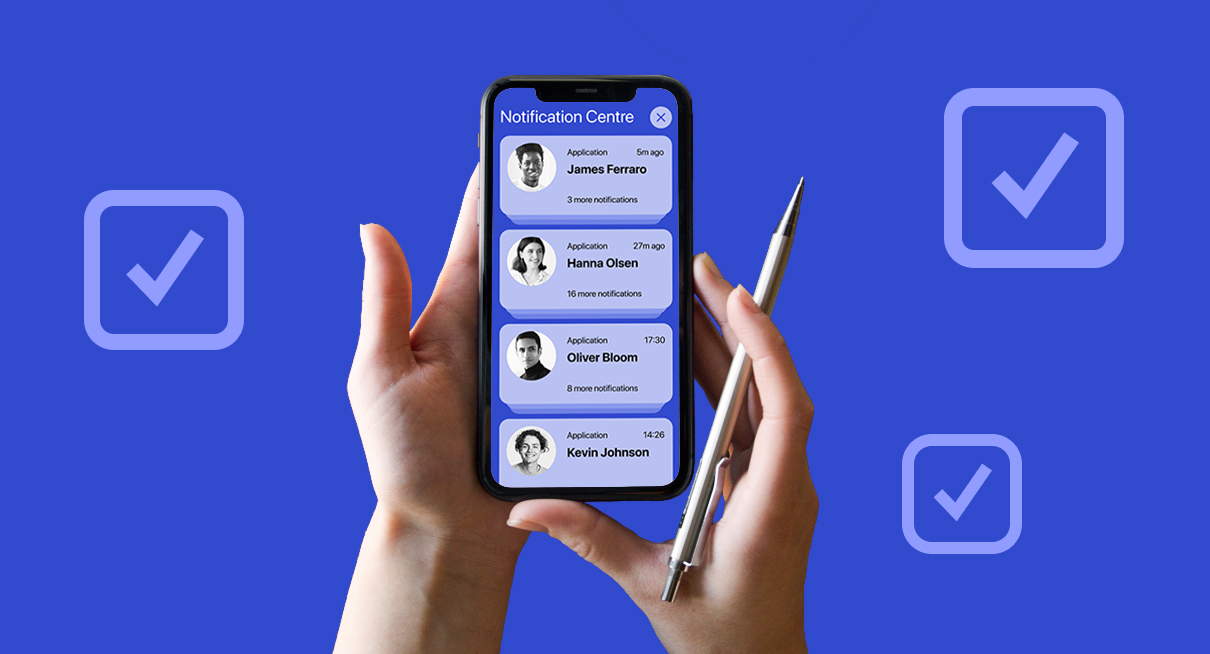
Artificial intelligence technology is the future of lending. It’s smart, it reduces risk, and creates efficiency in business processes. But before hopping on the AI trend, there are some things you need to know first. After all, investing in AI involves sizable costs and that goes not just for purchasing the software but in creating the infrastructure around it to ensure it functions effectively.
At GiniMachine, we’ve worked with companies across the globe to help them onboard and integrate AI functionality in a native way, and here are some of the insights we’ve discovered that will help you on your journey.
Challenges Faced by Banks Today
Today, in the wake of the coronavirus crises and recent advancements in technology, the banking sector is at a crossroads—upgrade or consider whether your business will be viable in the future. Because of this, and much more, financial organizations are increasingly seeking to level up the tech they use to do their business. One such improvement is AI, or artificial intelligence. As of 2021, over 52% of financial organizations surveyed state that they are interested in and making ‘substantial investments in AI for their companies, and that number is only increasing. However, it’s not without challenges. Here are the top 3 that we frequently encounter.
Knowing the differences between out-of-the-box, custom, and no-code
When it comes to onboarding new software, it can be challenging to know where to start and what your organization requires to get the job done. After all, there are so many variants out there. Many companies that approach us fear the costs and energy needed for fully customer tools, however, they still want results. So, let’s break down the differences in different software types and how they work.
- Out-of-the-box—This is a ready-made program that is primed for use right away. It’s a quick solution that can get your business using AI tools quickly and at quite a low cost, compared to other types. On the downside, this software is not customizable, so doesn’t suit every business need and you’re never fully in control of the software as it’s supplied by a third party.
- Custom—Perfect for those who need tailored functionality, processes, and are ready to invest. To get a custom solution, you will need to hire a team or outsource the work to a software development company. What you make up for in control, you will spend in terms of costs, as custom software is often a huge expense for any organization.
- No-code—The balance between out-of-the-box and fully custom, no-code solutions empower companies with the flexibility to adapt AI software to their business’s needs but not incur quite the same level of cost as a completely custom solution. For example, GiniMachine uses smart AI using a Python-based Machine Learning core, and Java for the backend. All this is powered by custom implementation, heuristics, and proprietary algorithms that deliver flexibility and smart tech.
Creating an integration strategy
Adding AI to your business isn’t just as simple as deciding you need AI and buying some software. Like any business upgrade, integrating new technology demands a carefully planned process and strategy to make it work effectively. So, what is the best way to integrate AI and do it right? Let’s break it down.
- Look at your data. It’s likely your company has an analytics process in place already. Take a look at your current data and see where you’re experiment problems or blockers and feel AI could help. For example, let’s take application scoring. AI can be a powerful tool in this area that not only speeds up the process but improves accuracy and allows you to offer more tailored lending.
- Work on your integration strategy. For this you will need to analyze how AI fits into your overall business plan, and which type of software you need—no-code, custom, out-of-the-box. From this, you will be able to decide on the next steps.
- To outsource or not to outsource. At this stage, you may consider whether you need external assistance on your AI journey. If you’re following the fully custom route, you may consider hiring an outsourced team or hiring your own, if your budget allows it. Even with a no-code or out-of-the-box solution, we always recommend consulting with a team of professions who have experience in the field. This cuts down on costs in the long term and gives your integration the best chance of success.
Not rushing the process
Often companies want to deploy their AI upgrades as fast as possible. The financial market is fast-paced and while speed is key so too is getting your AI adoption right. Take your time to decide on which tools and strategy to use before onboarding. Don’t rush the process, otherwise, you may find that issues appear down the line such as bugs, technology debt, and more, which may cost you. Instead, focus on smart onboarding.
How to Onboard AI in Application Scoring Effectively
Now that you know some of the challenges to AI adoption, let’s take a look at its benefits and what you can do to ensure a successful upgrade when it comes to using AI in application scoring.
1. Know your solution
When it comes to improving your fintech offering, one of the areas you might be looking to explore is application scoring. AI for application scoring is a smart solution that helps automate your loan origination process with smart algorithms. At GiniMachine, we’re proud that our tools can help reduce lending risks for businesses (and their clients) by up to 45%. These tools do so by analyzing large amounts of data to access the creditworthiness of borrowers and can be integrated seamlessly. That’s why, when it comes to selecting your AI solution, it’s vital you choose one that fits your specific business needs and more importantly, that works.
2. Get the right advice at the start
For most companies, onboarding AI is a rare experience, as such, it can be difficult to grasp the ins and outs of the process to the finest details. That’s why one of the pieces of advice we always offer companies is to get assistance from someone or a team of people who work with AI every day. At GiniMachine, our team is always on hand to consult about the tools and services that we offer. And while it may seem an expense at the start, businesses often find they are able to save in the long-term by getting the right tools their fit their needs.
3. Try it out
There’s a reason to try before you buy is an effective strategy, that’s because, it gives you the opportunity to explore if the software is a good fit for you, and how difficult or simple it is to use. Exploring the details of a product lets you get a real-life feel for how good a fit it is, and this is irreplaceable. That’s why, before purchasing any AI software, see if there is a try option first, and use it.
Next Steps
If you’ve decided you’re ready to upgrade your company’s technology offering, that’s great news. The next thing you should do is follow the steps above to assess your AI need and establish which solutions will help you improve the most. If you need help or assistance in creating your artificial intelligence strategy, please feel free to reach out to our team at GiniMachine, we’ll be happy to assist.



